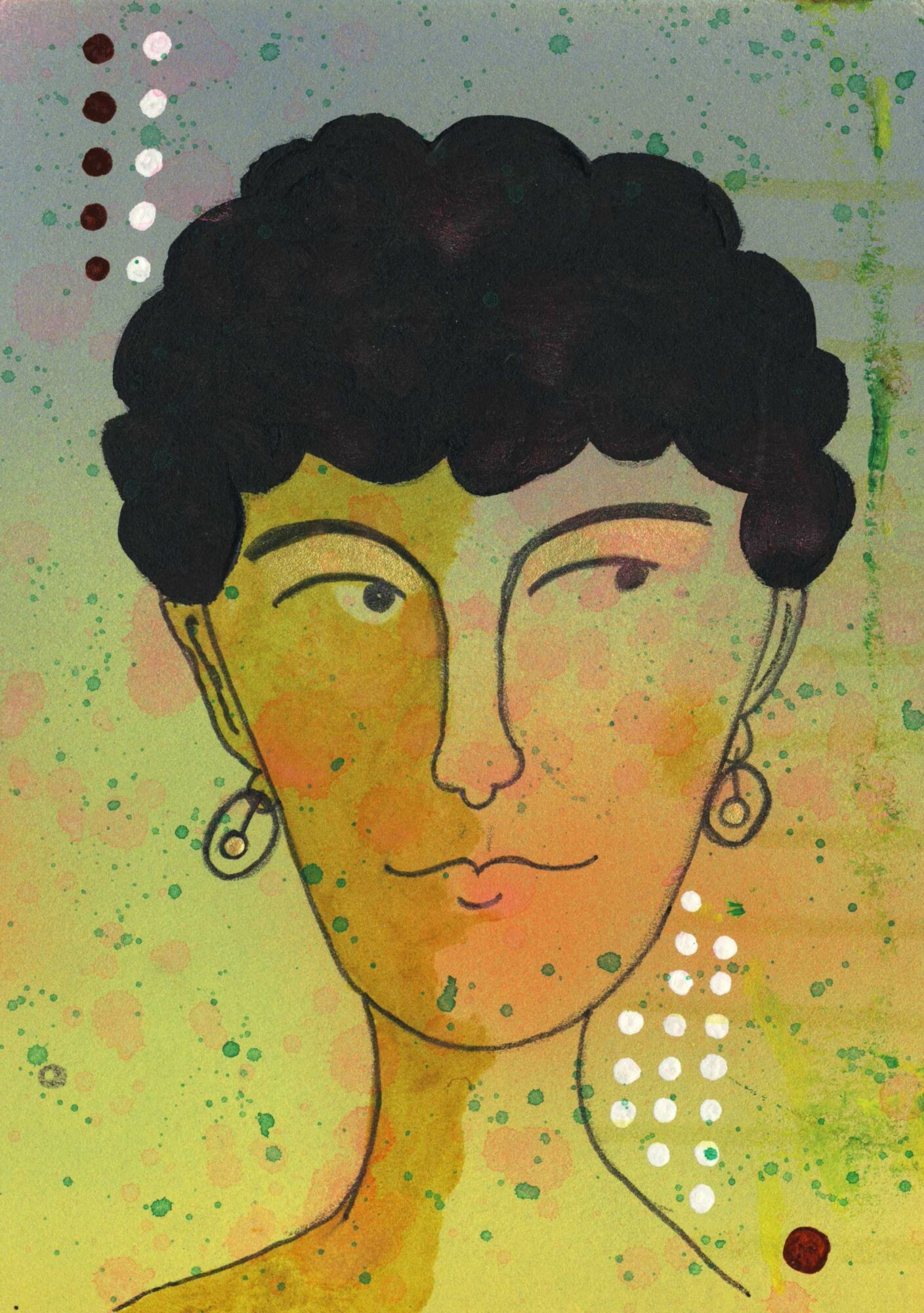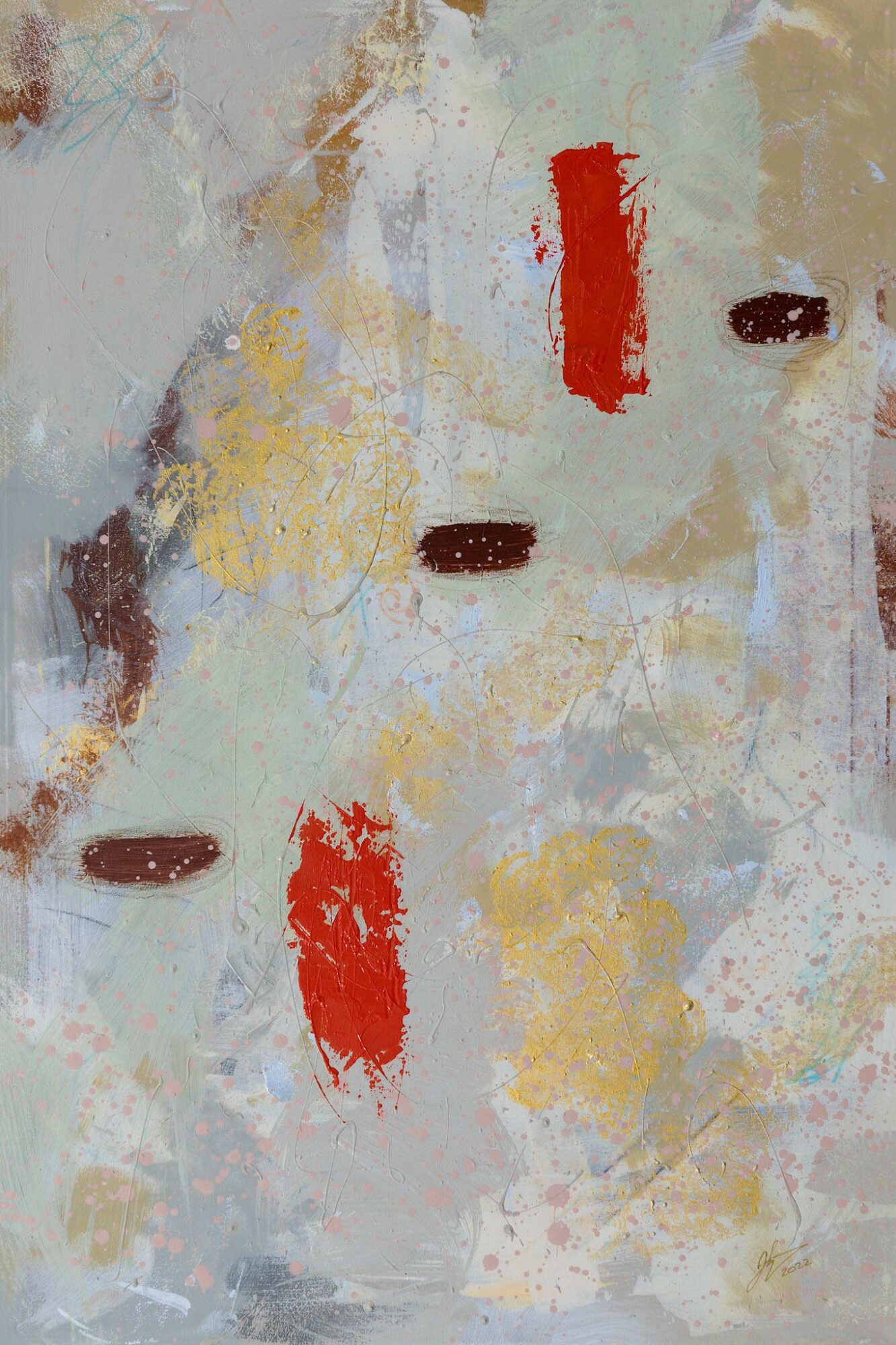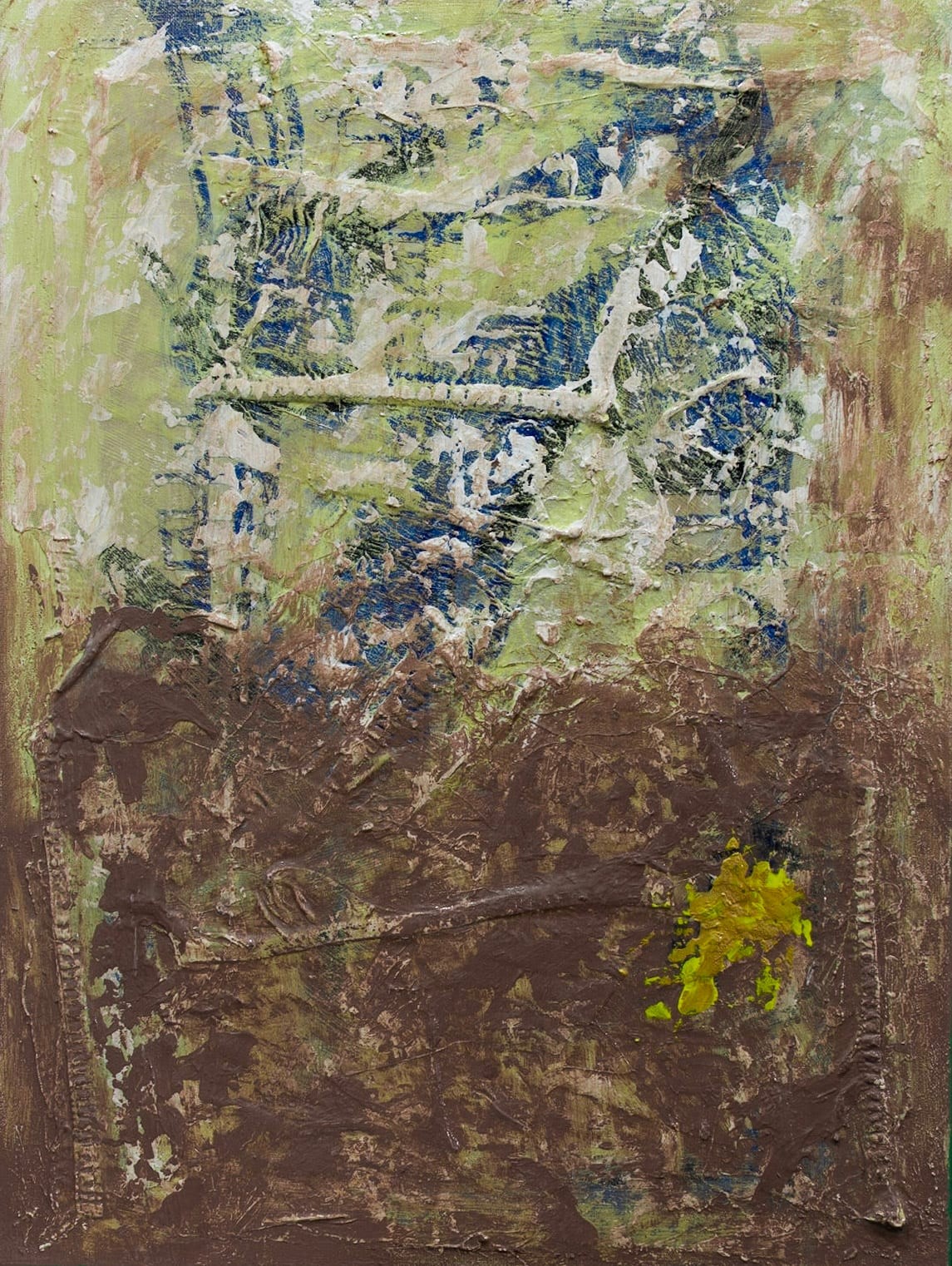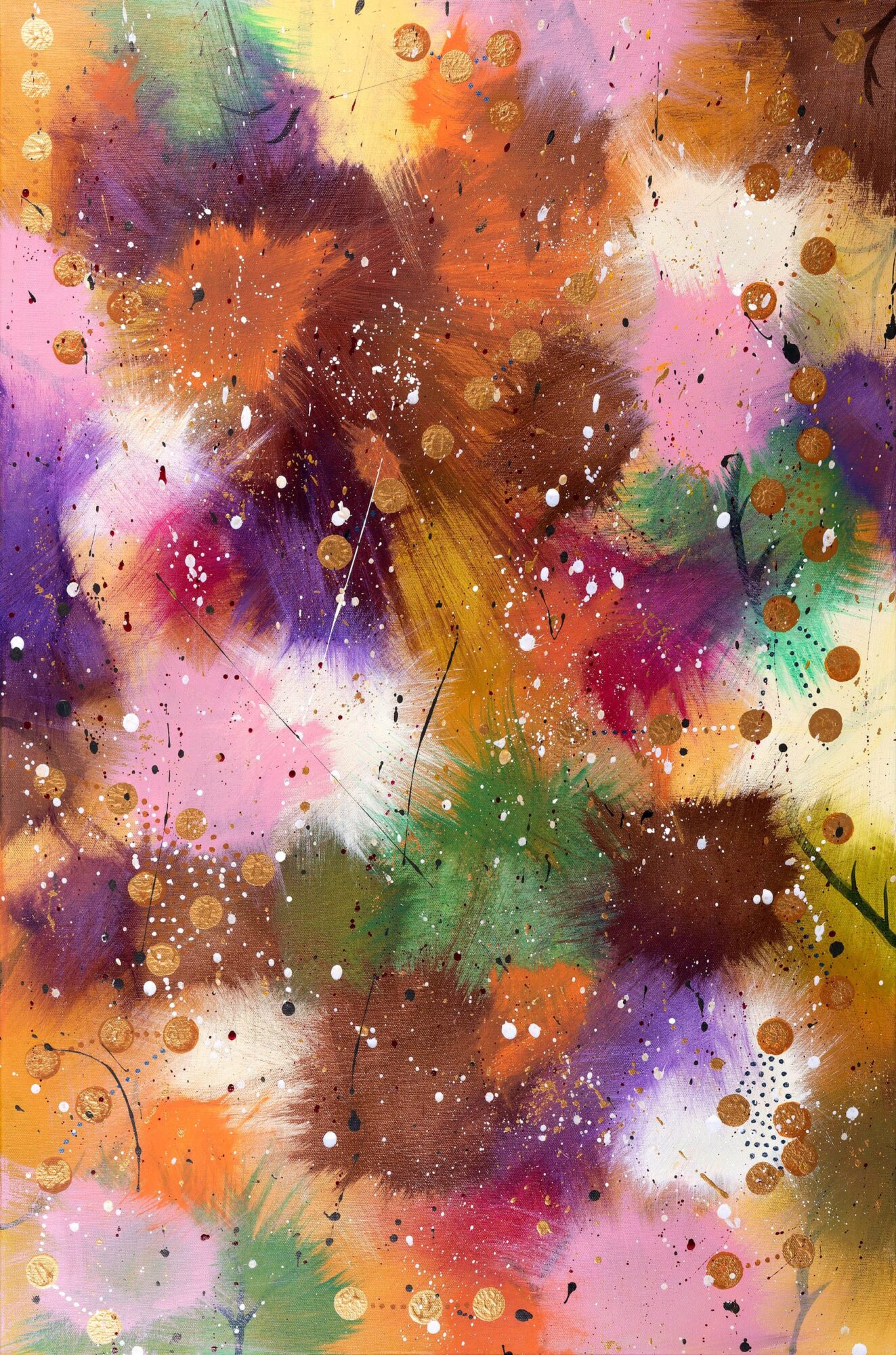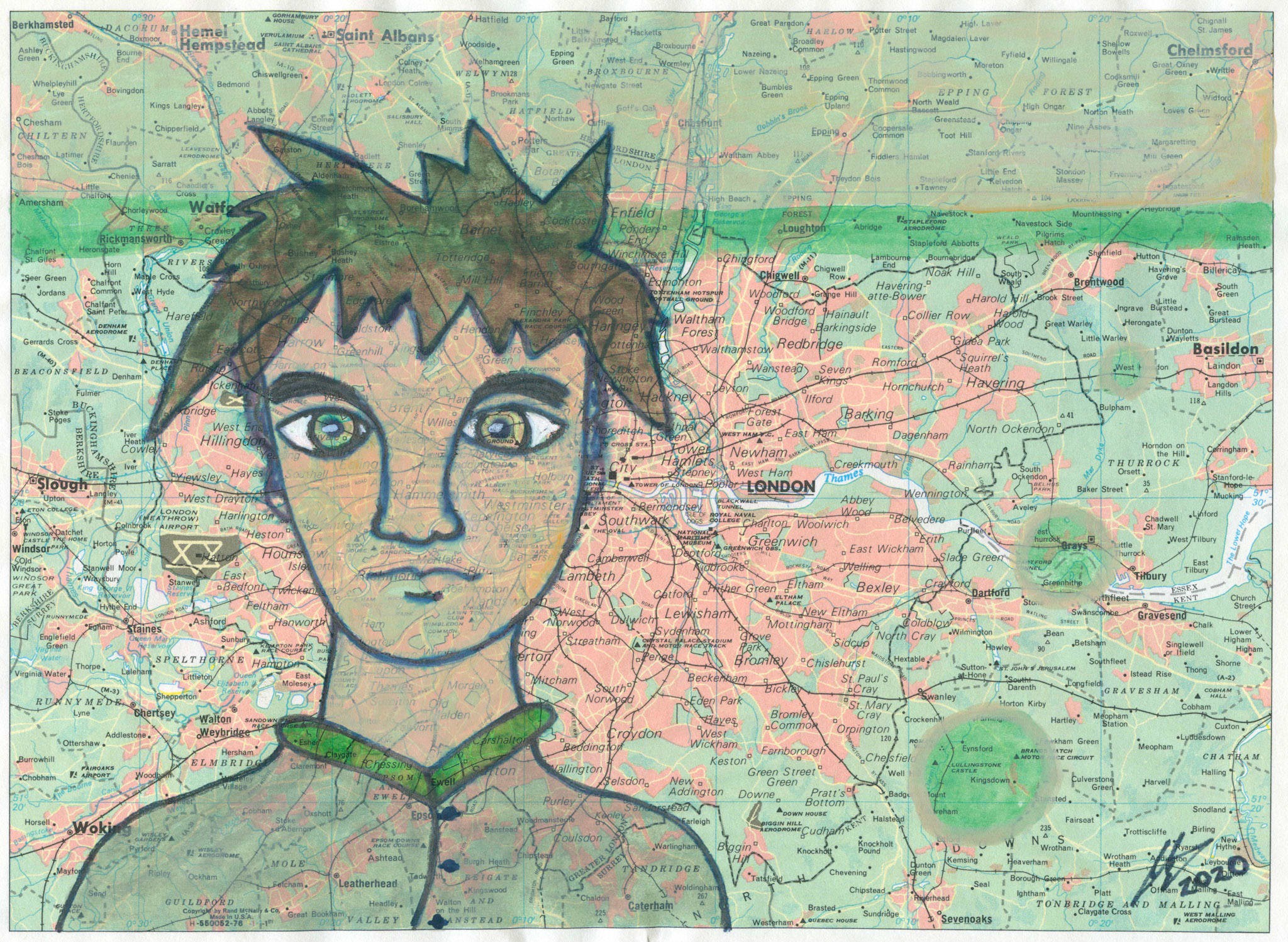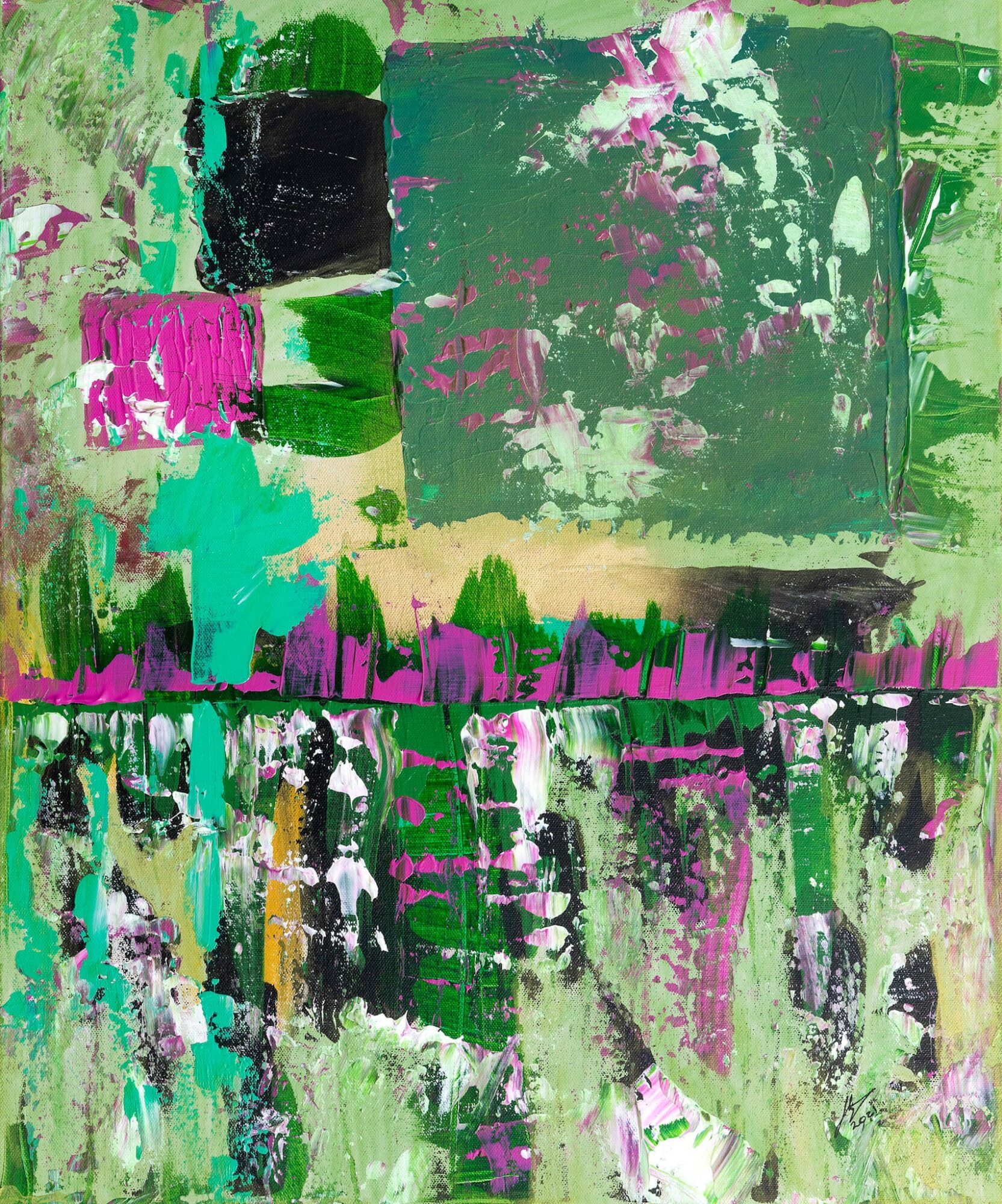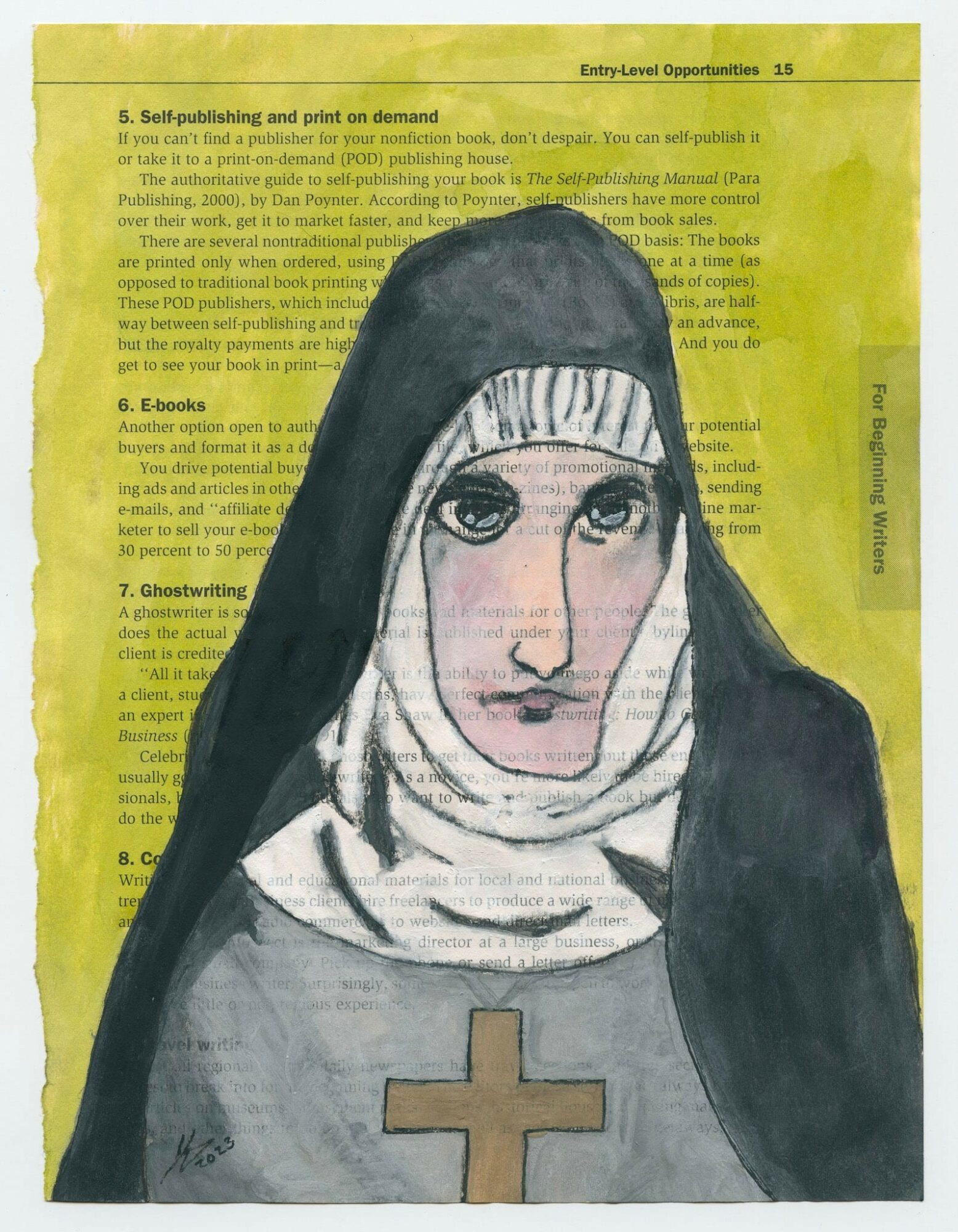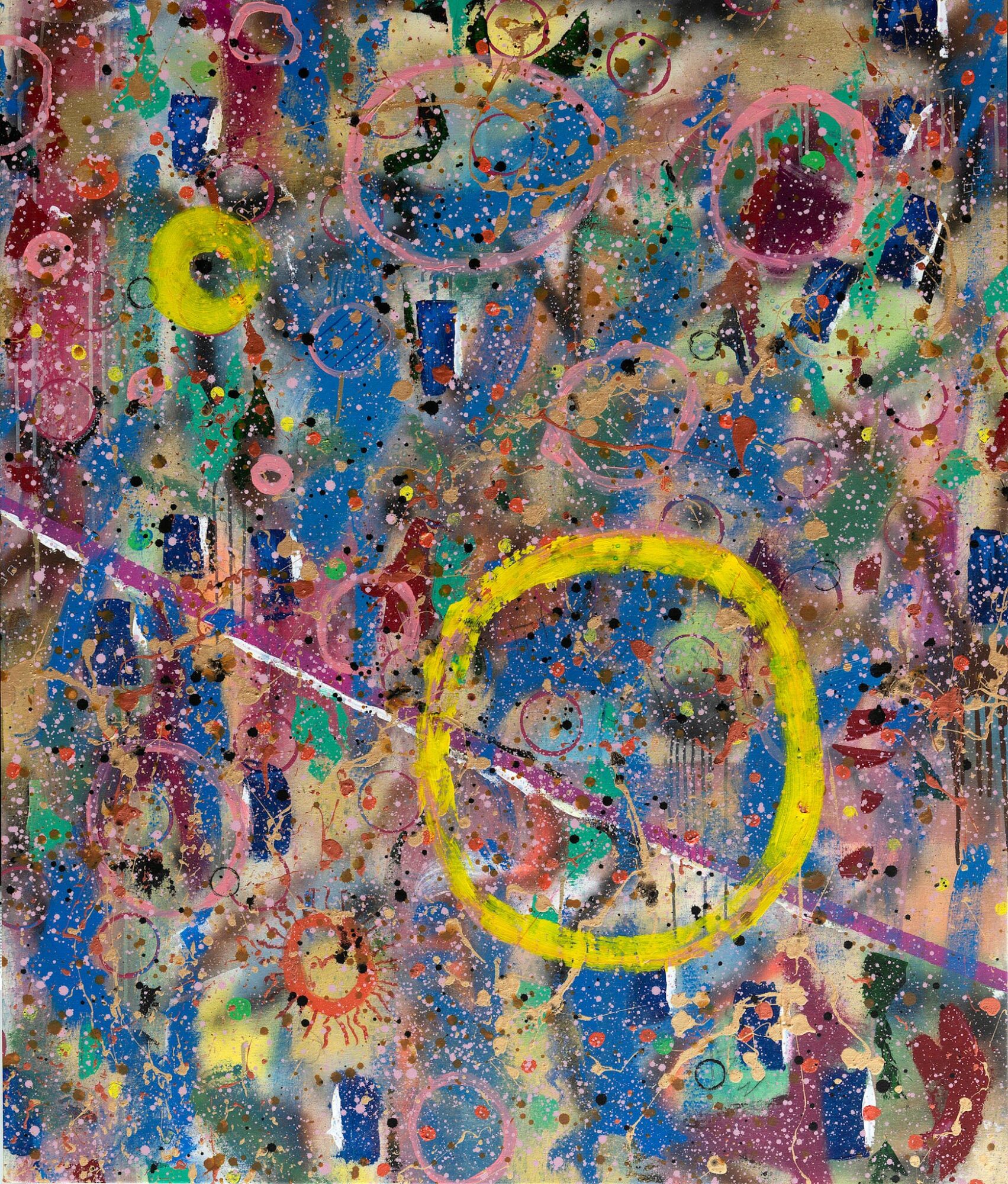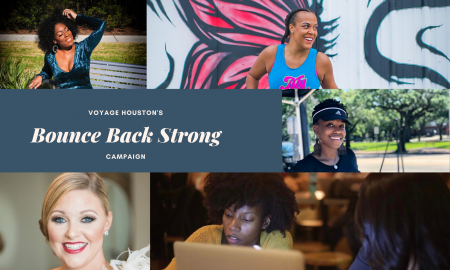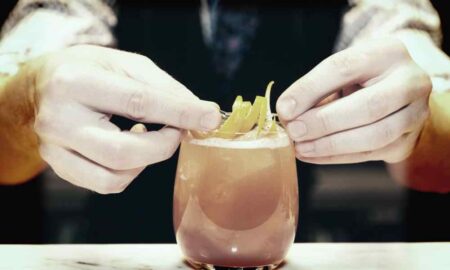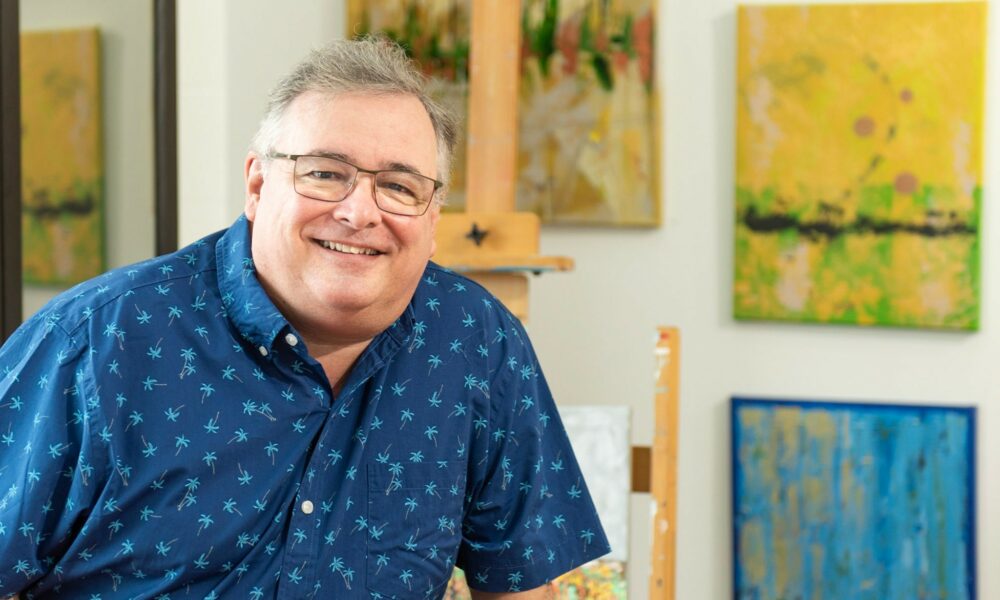

Today we’d like to introduce you to John Bishop.
Hi John, please kick things off for us with an introduction to yourself and your story.
I have come to art late in life, or perhaps it would be better to say that I’ve returned to art later in life. I was born and raised in Houston, attended Milby High School, and did my undergraduate work at the University of St. Thomas here in town and my graduate work at UT in Austin. I started my career in the Catholic seminary, then moved to teaching, and landed happily in librarianship for 30 years. It was a job I dearly loved and which took me to places all over the world. I have worked in school libraries, church libraries, corporate libraries, and public libraries in Texas, New Mexico, California, Romania, The Emirates, New Zealand, and Russia. In 2015, my husband and I moved back to the Houston area to help out as my aging parents needed more support.
When we returned to Texas, it occurred to us that if we were ever going to try to attempt a creative career, there was no better time to start. We moved into a home in Huntsville, directly across the street from Mom and Dad, and gave up the day jobs. It was terrifying. We started a new business called Buburuza Productions, which specialized in commercial photography and video production. Over the years, we have slowly turned our business from service delivery to fine art production, and I now sell my artwork under the name of John Bishop Fine Art. We maintain an art studio at Silver Street Studios in the Sawyer Yards complex, which has been a huge part of our success. It makes such a difference to be surrounded by other artists and creative professionals for inspiration and a state-of-the-art studio complex that offers the support and audience, we need. If you haven’t been to visit Sawyer Yards, all the artists are open on the 2nd and 3rd Saturdays of each month. You owe it to yourself to stop by and check it out.
Most recently, we have opened a new non-profit company called Aripa Arte, which aims to help Romanian visual artists and promote and present contemporary Romanian art to an international market. It’s still early days for the non-profit, but it is a cause we feel strongly about, and are thrilled to be working with so many amazing artists that seek greater exposure in the art world.
We all face challenges, but looking back, would you describe it as a relatively smooth road?
I have been very fortunate in my art career, and though there have been numerous obstacles and difficulties I’ve met along the way, I don’t spend a lot of time worrying about what I can’t do, what I’m too old to do, or what I’m afraid to do. That seems like wasted energy to me. Having said that, I do believe that any sound art business venture must know and understand the strengths and weaknesses it faces, so I don’t want to appear dismissive. I just suppose I never expected that there wouldn’t be trials and difficulties along the way. Looking back, the most obvious obstacle I faced was my family. I remember back in the 1970s was the inauguration of Houston’s High School for the Performing and Visual Arts (HSPVA). I ran to my parents and said that I really wanted to go and study art… nope. I tried again in college, but Dad said he wouldn’t pay for me to study something that had no career potential. While I can understand why they didn’t support the notion of an art career, it did set me back substantially. I continued to paint and draw, self-taught, for the next 30 years while I pursued a wonderfully fulfilling career in teaching and librarianship, but it wasn’t until my mid-50s that I was compelled to give up the day job and dedicate what’s left of my life to expressing myself through art. I’m glad that my parents lived long enough to see that circle close, and I’m delighted to say they did support me the third time around. If I can offer any bit of advice, don’t deny yourself or your children the possibility to be creative. You won’t win. Artists will always find their way back to art.
Obstacles for me have been varied. I obviously lost a lot of time delaying my art career for 30 years, and I lack some of the formal training and guidance from teachers, mentors, art education programs, and degrees. I also suffer from impostor syndrome, you know, where you think that you’re a total impostor, and at any moment, people will realize that you’ve been faking it all along. My collectors, reviews, and art sales help me feel more legitimate about the quality of my work, but most of my family still think I’ve just retired early. Some battles, I guess we never stop fighting.
Thanks for sharing that. So, maybe next you can tell us a bit more about your work?
My artwork is varied, and that’s just fine with me. I know some recommend that artists should have a narrow focus of recognizable work, which makes sense, but I want to try a bit of everything. I work in photography, illustration, and creative writing, but at heart, I am a painter. I work primarily in acrylic, though I also work in ink, oil, and watercolor. My work is abstract, mostly non-representational, and primarily gestural. That just means I just dive into sweeping brush strokes, splashes, splatters of color, movement, and expressionism. At some point I also started sketching cartoon faces, and I can’t seem to stop making them. I have no idea who these people are, they just sort of create themselves, and they crack me up.
What I like most about non-representational abstraction is that it is so open to interpretation. I spent most of my career as a librarian helping people find information with no editorializing, with no judgements, just because it was the information they wanted. It didn’t matter why. I hope my painting does the same thing. I present my work, and you can see in it whatever you like… irrespective of my intention or personal interpretation. The other amazing thing about abstract art is that as we change over time, what we see in a painting changes with us. Our experiences, what we’ve learned, and how we view life is reflected in the artwork we collect. I know that can be true of representational pieces as well, but I like to think that my art is as much of a mirror as it is a decoration. If you can see yourself in my work over the span of your lifetime, then I’ve done a good job.
How do you think about luck?
It’s funny because, in many ways, I have been incredibly fortunate in my life, but I never really attributed that to luck. Perhaps it’s just in the way I was raised, but I believe that most of what I’ve been able to achieve in life is due to the work, integrity, professionalism, and honesty I’ve tried to apply to my relationships and to my career. Now, there have been many times that I felt I happened to be in the right place at the right time, whether in Houston, Romania, or elsewhere in the US or internationally, but I guess I have always felt that if I missed one opportunity, another would be just around the corner. I think the trick is to be open, positive, and responsive to new ideas and people. I’ve certainly been supported by many, whether they be collectors, teachers, mentors, donors, or sponsors, without whom I would never have been able to succeed. I’ve always thought that they believed in me because they wanted to because they saw in me some degree of value or potential. So, while I’m incredibly grateful for every bit of assistance I’ve been afforded, and I humbly accept that much of that support has been more than I deserved, I really don’t categorize any of that as luck.
Contact Info:
- Website: https://www.johnbishopfineart.com
- Instagram: https://www.instagram.com/johnbishopfineart/
- Facebook: https://www.facebook.com/john.m.bishop.9
- Linkedin: https://www.linkedin.com/in/johnmbishop
- Twitter: https://twitter.com/JohnBishopart
- Youtube: https://www.youtube.com/@johnbishopfineart8996
- Other: https://www.buzzsprout.com/1587523
